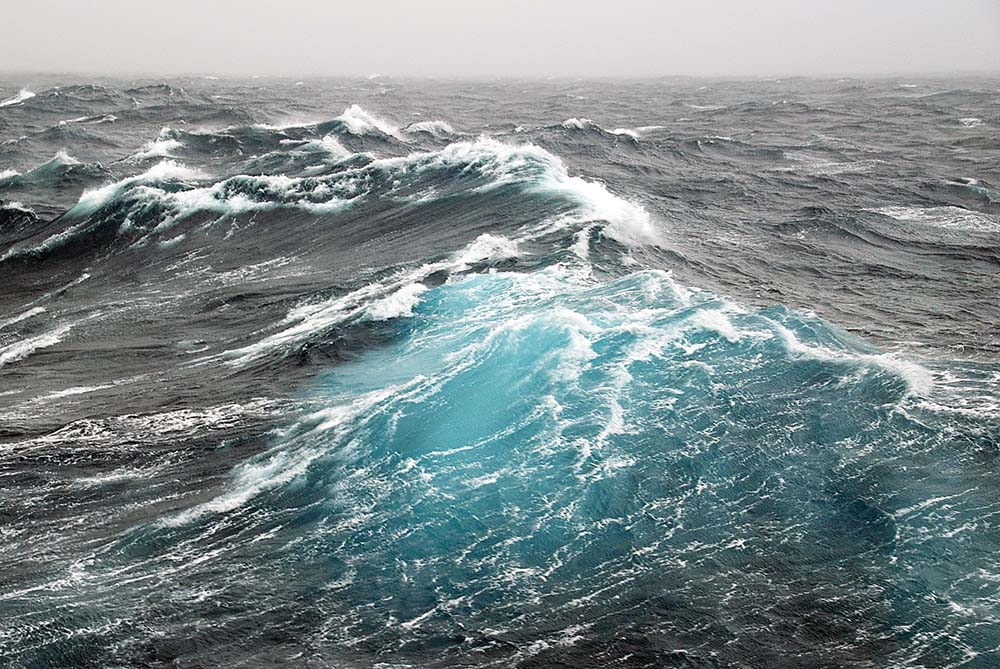Localized subduction of anthropogenic carbon dioxide in the Southern Hemisphere oceans
Nature Geoscience (Volume 5, Issue 8)

Sallée, J. B., R. Matear, S. R. Rintoul and A. Lenton, 2012. Localized subduction of anthropogenic carbon dioxide in the Southern Hemisphere oceans. Nature Geoscience, 5,579-584, doi:10.1038/ngeo1523.
The oceans slow the rate of climate change by absorbing about 25% of anthropogenic carbon dioxide emissions annually. The Southern Ocean makes a substantial contribution to this oceanic carbon sink: more than 40% of the anthropogenic carbon dioxide in the ocean has entered south of 40° S. The rate-limiting step in the oceanic sequestration of anthropogenic carbon dioxide is the transfer of carbon across the base of the surface mixed layer into the ocean interior, a process known as subduction. However, the physical mechanisms responsible for the subduction of anthropogenic carbon dioxide are poorly understood. Here we use observationally based estimates of subduction and anthropogenic carbon concentrations in the Southern Ocean to determine the mechanisms responsible for carbon sequestration. We estimate that net subduction amounts to 0.42 ± 0.2 Pg C yr−1 between 35° S and the marginal sea-ice zone. We show that subduction occurs in specific locations as a result of the interplay of wind-driven Ekman transport, eddy fluxes and variations in mixed-layer depth. The zonal distribution of the estimated subduction is consistent with the distribution of anthropogenic carbon dioxide in the ocean interior. We conclude that oceanic carbon sequestration depends on physical properties, such as mixed-layer depth, ocean currents, wind and eddies, which are potentially sensitive to climate variability and change.






















